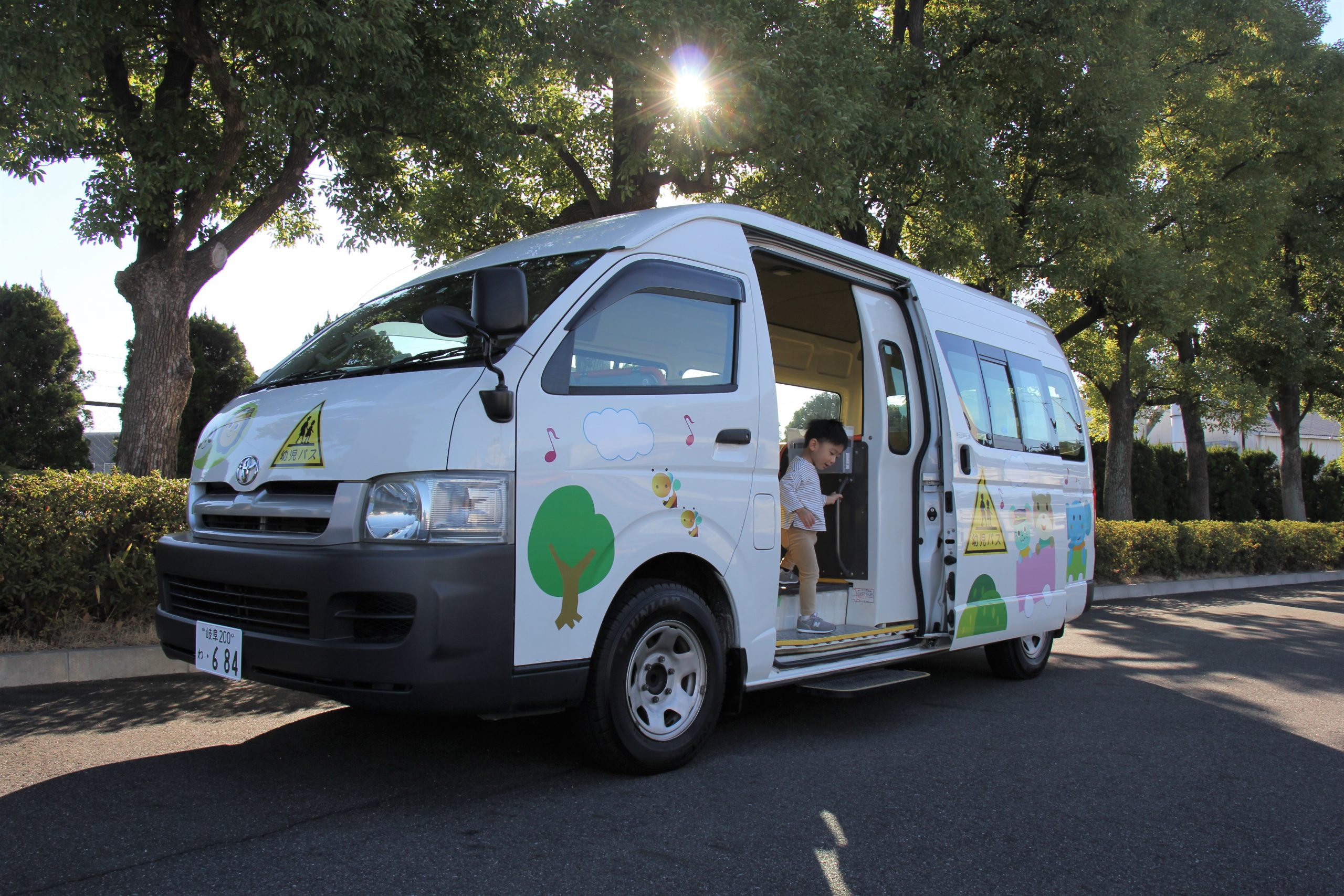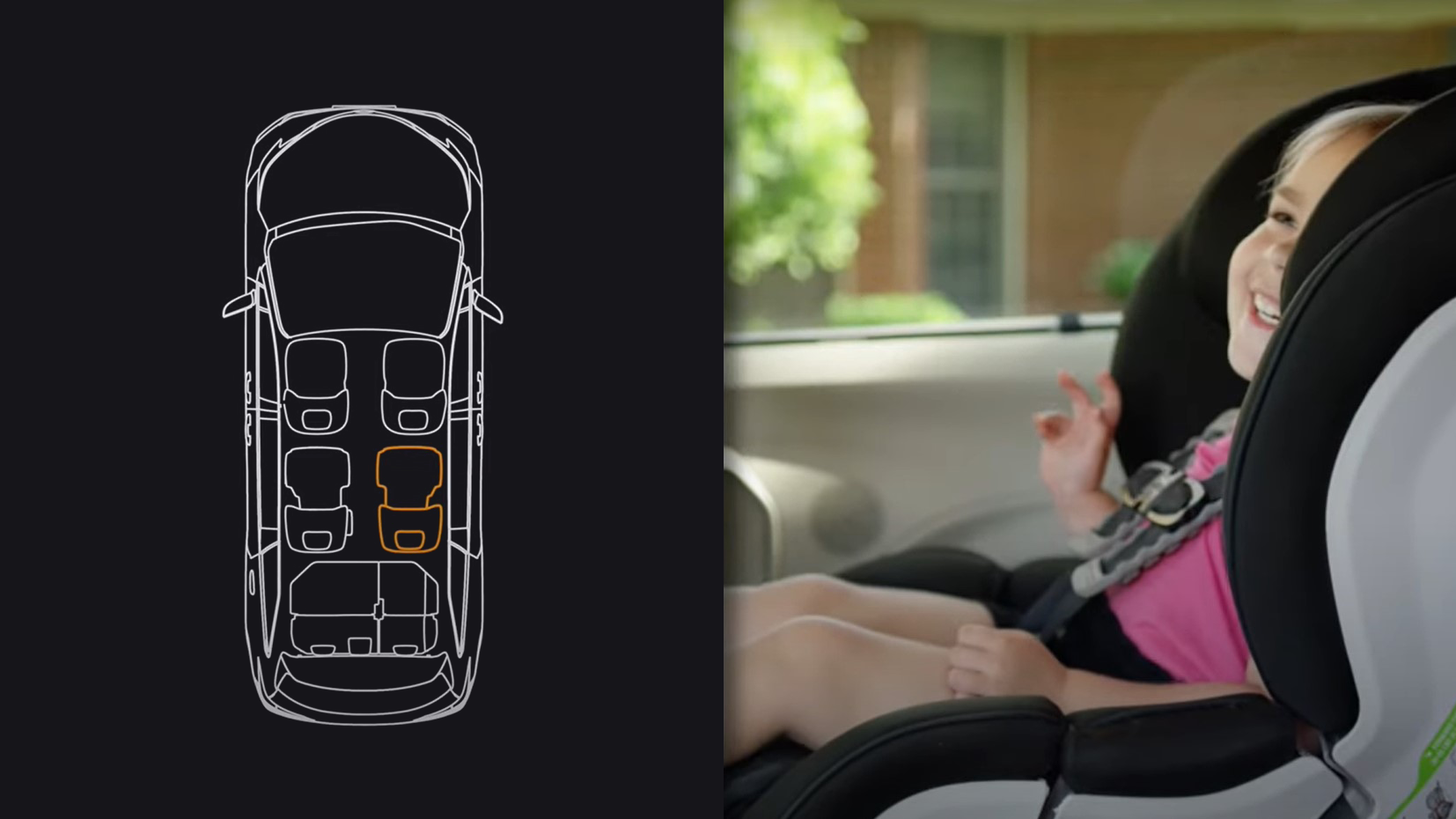Main Menu
Posted by Vayyar
April 25, 2021Using 4D Imaging Radar Technology to Prevent Hot Car Deaths

According to the National Safety Council, even if it’s just 57 degrees outside, the temperature inside a car can quickly hit 110 degrees. A child’s body temperature rises up to five times faster than an adult’s and heatstroke can set in at 104 degrees. In many cases, a core temperature of 107 degrees is lethal, causing what’s commonly referred to as a hot car death. The unfortunate reality is that too many children are still exposed to the risk of pediatric vehicular heatstroke – there’s a clear need for technology to prevent hot car deaths by alerting parents when a child is left in the car.
Forgotten baby syndrome: how memory lapses destroy lives
26% of hot car deaths occur as a result of children gaining access to vehicles and becoming trapped inside. Another 14% of hot car deaths are a result of children intentionally being left in cars.
But the leading cause of hot car deaths, accounting for over half of all incidents, is “Forgotten Baby Syndrome.” It’s a little-known psychological phenomenon whereby the human memory system is thrown out of kilter by a disruption to an individual’s routine. The brain’s “prospective memory” is its intent to remember an unusual task. If it fails, “habit” memory kicks in, effectively putting the person on autopilot. This cerebral short-circuit is the leading contributor to the horrific death toll from hot car incidents.
Where standard technology to prevent hot car deaths falls short
Initial hot car death prevention devices were based on simple door sequencing Child Presence Detection (CPD). They were designed to trigger an alert if the driver opened or closed a rear door at the start of their journey and didn’t do so at the end. These low-tech solutions often created false alarms and failed to safeguard children because they were not supported by reliable occupant data. Nor were they able to monitor the whole cabin, footwells or the trunk, or distinguish between adults and children.
4D imaging radar receives FCC approval
Since then, automakers have shifted their focus to one sensor category that can collect high-resolution data throughout the entire vehicle cabin. 4D imaging radar, an affordable and versatile System-on-Chip (Soc) technology, is already used across industries as diverse as senior care, medical diagnostics, retail and smart buildings, delivering real-time environmental intelligence and robust performance while maintaining privacy.
In April 2021, the drive to prevent hot car deaths reached a major milestone, when the US Federal Communications Commission (FCC) formally approved the deployment of 4D imaging radar sensors inside American vehicles by issuing a waiver for operation of 60 GHz in-cabin radar. The commission’s landmark decision puts one organization in pole position to provide this lifesaving tech around the world.
Technology to prevent hot car deaths on a global scale
Vayyar Imaging, the global leader in 4D imaging radar, is the first company to comply with worldwide in-cabin radio frequency standards. Alongside FCC approval, Vayyar is the only Tier 2 supplier to hold both EU ETSI compliance and JP TELEC certification, enabling its partners to offer CPD as standard in all markets.
The company’s highly affordable platform supports next-generation CPD for all passenger vehicles, from luxury cars to economy models. It ensures complete in-cabin coverage and classification of children and adults, as well as their posture and position. Thanks to its ultra-wide field of view, just one RFIC covers up to three complete seating rows and all footwells, as well as the open trunk. It operates in all lighting conditions and regardless of line-of-sight, enabling it to detect an infant under a blanket in a child seat or a toddler crouching on the floor.
Since it’s based on high-resolution direct sensing, Vayyar’s globally approved warning system meets Euro NCAP Child Presence Detection standards for 2023 onwards, one of the few solutions on the market that enables a vehicle to earn the full four safety points for this requirement. It also supports enhanced Seat Belt Reminders (SBR) as part of an application-ready feature combo, the foundation of a mold-breaking multifunctional offering.
Comprehensive in-cabin monitoring
Because Vayyar provides unique multifunctionality on a single-chip platform, the highly integrated end-to-end software-hardware offering also provides rich data that enables OEMs and Tier 1s to independently develop a wide range of applications. These include Occupant Monitoring Status (OMS), optimized airbag deployment, seat belt pre-tensioning, advanced eCall, vital signs, gesture recognition, out-of-position detection, intruder detection, and more – all on the same chip, allowing any model to earn up to 7.5 in-car safety points.
It’s a transformative approach that significantly reduces vehicle development costs. Instead of deploying numerous single-function sensors, OEMs can rely on just one rear ceiling-mounted Vayyar sensor, cutting complexity, risk and time to market.
The cornerstone of cutting-edge hot car death prevention
Thanks to the FCC waiver, the global automotive industry can now feature hot car death prevention using radar-based technology. It’s a watershed in the history of in-cabin safety that will protect the most vulnerable vehicle occupants, eliminating yet another cause of death on the roads.
The Post URL was successfully copied to your clipboard
Read more on #automotive

Putting a Stop to Frontover Deaths
Read more
Aisin and Vayyar Join Forces to Prevent Vehicular Heatstroke Tragedies in Japanese Kindergarten Buses
Read more
The New Occupant Protection Technology Making Vehicle Cabins Safer
Read more



